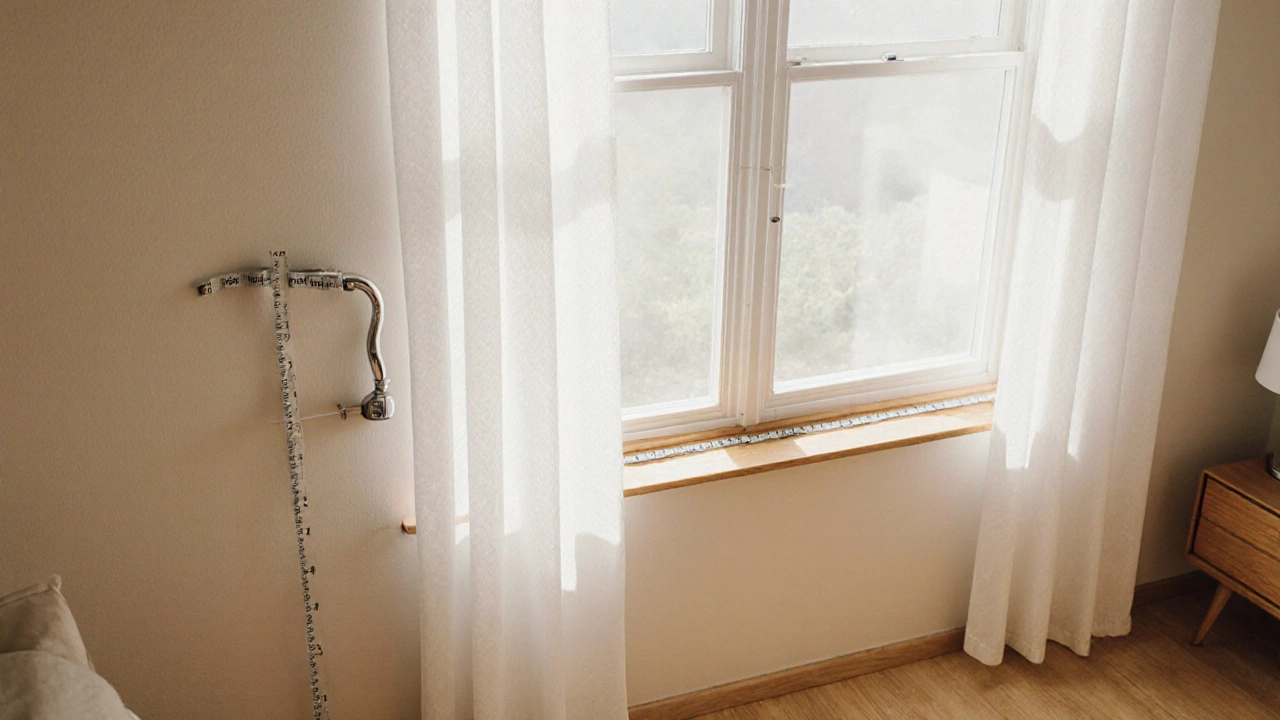How Far Should Curtain Rod Extend? Practical Guide
When planning a window dress-up, understanding Curtain rod extension, the amount a rod projects beyond the window frame to let curtains fully cover the glass and frame. Also known as overhang, it directly impacts how light is blocked and how the window looks in the room. Equally important is curtain length, the drop from the rod to the floor or sill, because a rod that doesn’t extend enough can leave gaps at the top or sides. The mounting bracket, the hardware that holds the rod in place determines how far the rod can safely overhang without sagging. Finally, wall placement, the distance between the wall and the window frame where the rod is installed sets the stage for the whole measurement process. In short, the right curtain rod extend strategy links these four elements together to create a balanced, functional look.
Key Factors to Consider
First, measure the window width and add a buffer of 6‑12 inches on each side. That extra distance lets the curtains open fully without exposing the window trim and creates the illusion of a larger window. For a standard 36‑inch window, most designers recommend a rod that spans about 48‑60 inches, which means 6‑12 inches of overhang per side. Second, choose brackets that can handle the weight of your fabric; heavy drapes need sturdy, often wall‑mounted brackets, while lightweight sheers work with simple clip‑on supports. Third, think about ceiling height – if you hang the rod close to the ceiling, you’ll need a longer overhang to keep the curtains from looking cramped. Fourth, consider the style of the curtains: a full, gathered look benefits from a longer rod (up to 15‑20% wider than the window) because the extra fabric can bunch nicely without looking sparse. Fifth, remember that the rod’s material (wood, metal, or acrylic) affects how much it can overhang without drooping; metal rods usually allow a larger extension than softer wooden ones.
Now that you’ve got the measurement rules, apply them to real‑world scenarios. In a small bedroom, a modest 4‑inch overhang per side works fine and keeps the space feeling tidy. In a living‑room with tall windows, extending the rod 12‑14 inches each side frames the glass, adds drama, and keeps light control consistent. If you layer sheer curtains under blackout panels, give the outer rod enough overhang so the sheers can peek out without pulling the blackout fabric off the side. And don’t forget the practical side: leaving a couple of inches of clearance from the floor makes cleaning easier and prevents curtains from gathering dust. With these tips in hand, you’ll know exactly how far the rod should extend, which hardware to pick, and how to style the final look.
Ready to see examples, sizing charts, and style ideas that match every room? Below you’ll find a curated collection of articles that dive deeper into curtain hardware, color trends, and step‑by‑step installation guides—all aimed at helping you master the perfect curtain rod extension for your home.

Optimal Curtain Rod Overhang: How Far Past the Window Should It Extend
Learn the ideal curtain rod overhang (2‑4 inches) for different curtain styles, how to measure correctly, and tips to avoid common mistakes for a polished window look.
Categories
- Storage (25)
- Bathroom (17)
- Sofas (14)
- Curtains (14)
- Home Decor (12)
- Bedding (10)
- Kitchenware (10)
- Cushions (10)
- Mirrors (10)
- Rugs (9)



